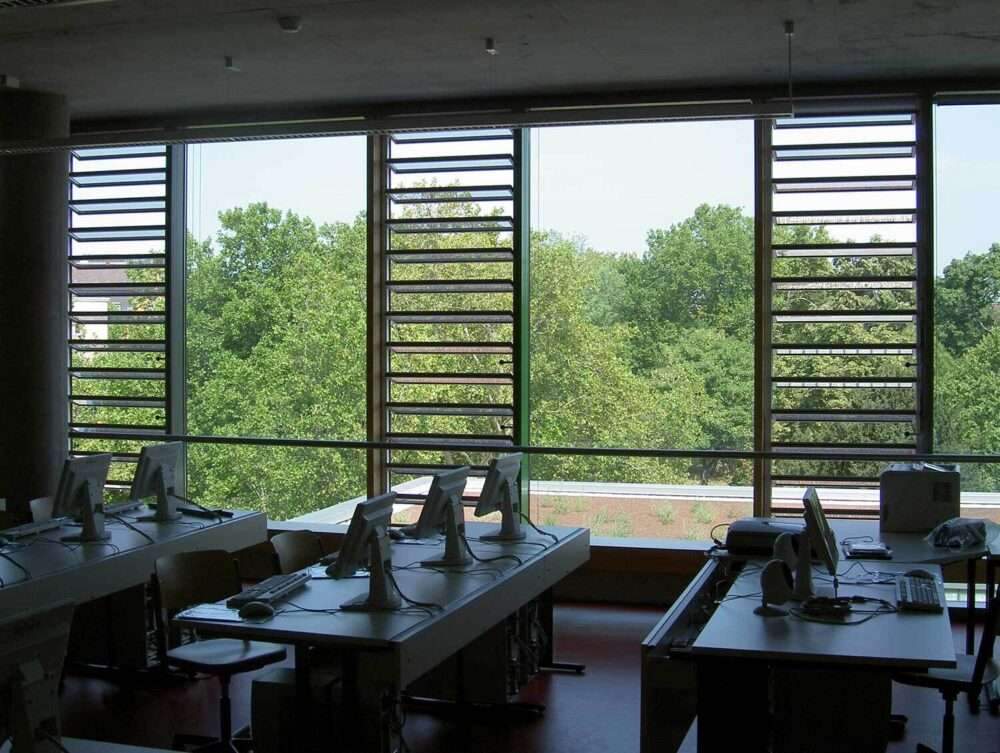
Key considerations when designing natural building ventilation
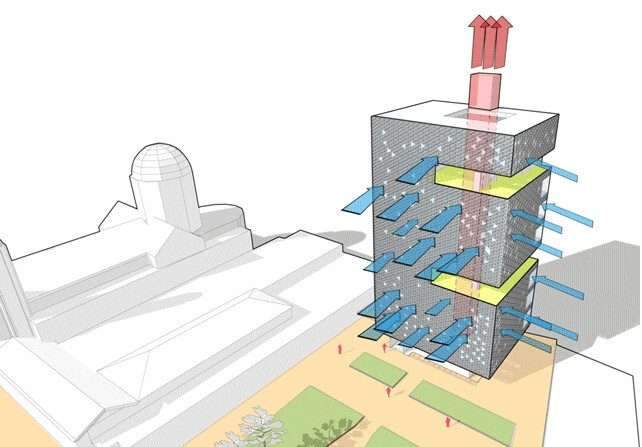
Types of materials best for natural building ventilation
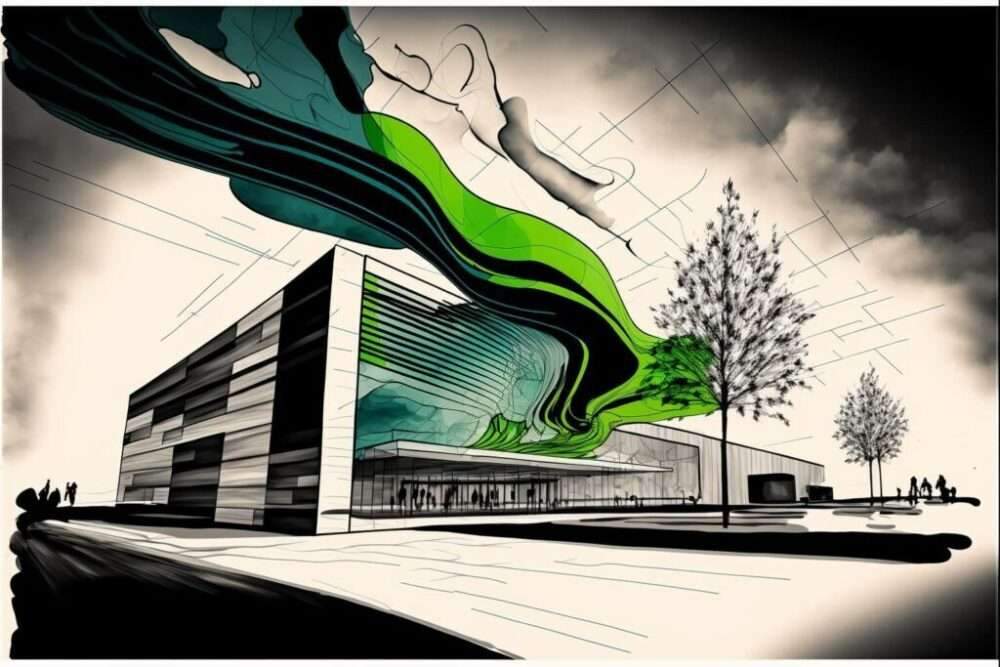
For more architectural news




I am an architectural journalist and publisher interested in highlighting and presenting interior design best practices to my audience. I am always looking for new stories and ideas that will inspire my readers and enhance their lives

Sergey Makhno Architecs • We are going the same way. Home.UNDERGROUND HOUSE PLAN B Type: project concept | Area: 2 280 sq. m | Location: UkraineDesign team: Sergey Makhno, Olha Sobchyshyna, Oleksandr Makhno, Ihor Havrylenko, Maryna Hrechko, Oleksandr Bokhan, Serhii FilonchukPR: Tatiana Vakula, Maria Fedko, Daria SushkoPM: Maryna Vasylishyna Visual design: Ihor HavrylenkoThe task: to create a cozy and safe home in…

TIPPINGside tableTIPPINGA simple side table with a special feature. By tipping one quadrant you get a special storage area able to hold books and other items.

'Dome' speaker collection 'Dome' is a speaker family of 3 acoustic products for FOOD brand. The inspiration comes from home object we see and use everyday, we try to bring a different perspective on the acoustic products with more calm and mild look and feel. The collection comprises single-driver speaker, stereo speaker and sound-bar. Each of them has a confident gesture, yet…
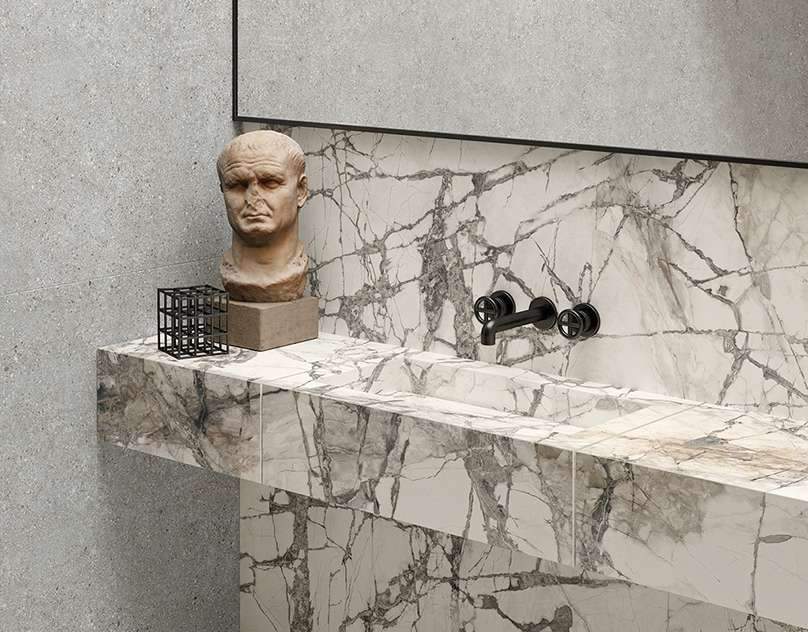
Ci sono momenti tecnologici in cui un prodotto segna il passo allo stato della tecnica modificando il nostro stile di vita.E' stato così con l'avvento dell'automobile, della televisione, di internet o degli smartphone per esempio.Crediamo che ragionevolmente ed egualmente si possa guardare, con similare ammirazione, al salto tecnologico che ha consentito al settore ceramico di…

Marble is one of the most popular materials in design and architecture. Its unique patterns give interiors depth and elegance. Marble is a timeless classic that will never lose its relevance. When choosing finishing materials for the home, many people…
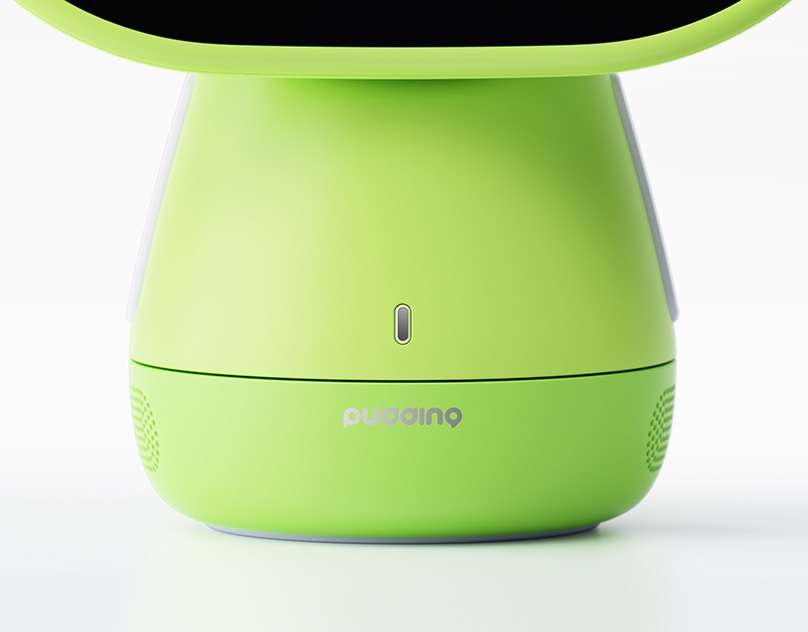
Pudding Beansprout robotThe Beansprout Device is an accompanying-intelligent robot designed for children's education. The design concept is taking children’s interests as starting point, via fruity and lovely appearance and within abundant educational resources, allowing this Beansprout Device becomes kids’ learning partner, and guiding them to learn English systematically and efficiently.Its chubby body designed in a…